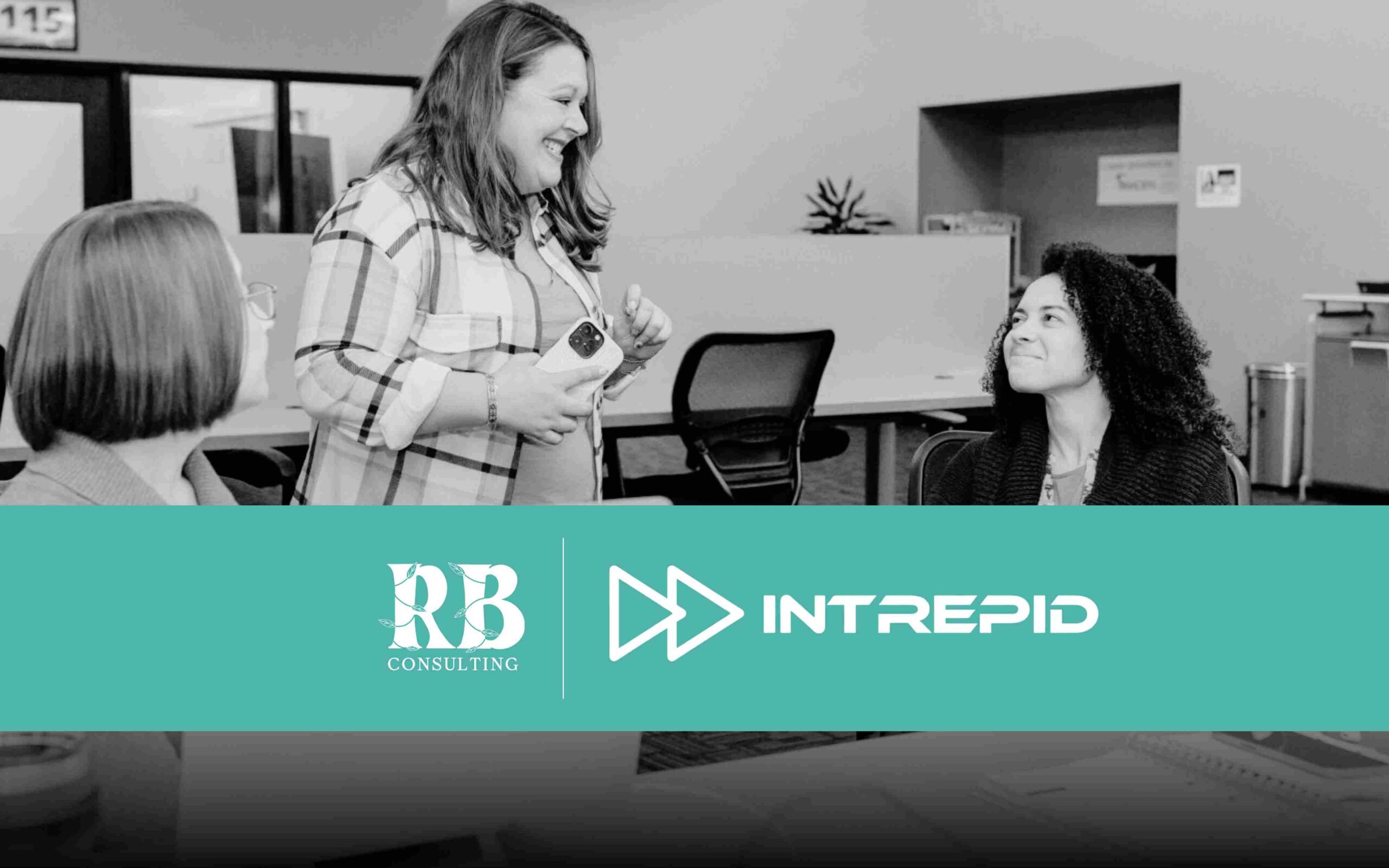
We’re excited to team up with our incredible partners at Intrepid Finance to shine a light on a scaling challenge that too many founders quietly struggle with: what happens when founder-led sales start slowing you down instead of speeding you up?
Most founders wear many hats in the early stages—but the salesperson hat is often the first one on and the last one off. And for good reason: you’re passionate about your product, deeply connected to your mission, and no one can pitch it quite like you. Founder-led sales works—until it doesn’t.
At some point, what once fueled your growth can start holding it back. Sales slow down when you’re focused elsewhere. New leads pile up while you're stuck in back-to-back meetings. And suddenly, scaling feels harder than starting.
In this blog, we’re breaking down the common—but often overlooked—bottleneck of founder-led sales. We'll explore why it works so well in the beginning, the warning signs that it’s time to evolve, and the hidden costs of staying in the sales seat too long. Whether you're aiming to scale, raise capital, or simply reclaim your time, recognizing the shift is the first step.
For many founders, sales is more than a function—it’s a personal mission. You know your product better than anyone else, you believe in its value, and your early customers trusted you because of that direct connection. In the beginning, founder-led sales is not just natural—it’s often essential.
It works because you’re passionate. You’re nimble. You’re doing whatever it takes to get traction and grow. That personal drive paired with product expertise builds immediate credibility and forges authentic relationships that open doors.
Early sales conversations tend to be informal, consultative, and tailored. As a founder, you can speak to the product roadmap, pivot on the fly, and make real-time decisions—all while showing deep care for your customer’s success. You’re not just selling; you’re learning, testing, and evolving the business model in real time.
But here’s the challenge: the very strengths that made founder-led sales effective in the early days can become liabilities as your company grows.
If the business depends on you to close every deal, progress slows. Leads wait. Sales momentum stalls when your attention shifts to product development, operations, or fundraising. What once felt like momentum begins to feel like constraint.
That’s the turning point—the moment when founder-led sales starts to work against your growth.
Founder-led sales works until it becomes a glass ceiling. Here’s how to diagnose the problem—and why these symptoms matter:
It’s easy to justify staying in the sales role just a little longer—after all, no one sells like you do, right? But holding onto sales too tightly for too long comes at a cost—often one that isn’t fully visible until growth plateaus or burnout sets in.
One of the biggest hidden costs is slowed growth. When sales depend on the founder’s availability, scalability becomes a real challenge. There’s a limit to how many meetings, follow-ups, and deals one person can handle. Without a replicable system or empowered team, lead conversion becomes inconsistent, and valuable opportunities slip through the cracks.
Then there’s burnout. Founders already wear multiple hats—CEO, visionary, operations lead, and often product manager. When you add full-time sales responsibilities on top, there’s little time left for strategic planning or innovation. The weight of “doing it all” catches up—and so does the exhaustion.
Another often-overlooked impact is on your business valuation. If your customer acquisition strategy is founder-dependent, potential investors or buyers will see risk. They’re not just evaluating your revenue—they’re looking at whether that revenue can be sustained and grown without you. Without a transferable, scalable sales process, your exit options can be limited—or undervalued.
Staying in the sales seat too long doesn’t just slow growth; it stunts the future you’ve been building toward.
Timing is everything. Transition too early, and you risk losing control; too late, and you cap your growth. Act when:
You built this company to grow beyond your personal capacity. What got you here, your passion, your personal touch, your founder-led hustle won't get you to the next level: the higher revenue milestones, the self-sufficient team, or the exit that rewards your hard work.
The good news? Scaling beyond founder-led sales isn't about losing control. It's about exchanging control for exponential growth.
In Part 2, we'll show you how to:
This is your inflection point: when you stop being the only person who can sell your vision and start leading others to sell it even better. Ready to turn your sales bottleneck into sustainable growth? Watch for Part 2: From Rainmaker to Revenue Engine.
If you need help documenting your sales process, hiring your first reps, or designing a scalable go-to-market strategy, connect with RB Consulting. They specialize in building repeatable marketing and sales systems that connect with your ideal audiences, amplify your brand presence and build strong revenue pipelines that convert.
If you’re ready to grow your sales team but need access to capital to make it happen, connect with Intrepid Finance. They help founders fund their next stage of growth with smart, flexible financing.

True scaling isn't about working more hours. It's about working with greater leverage. Your next chapter starts now.